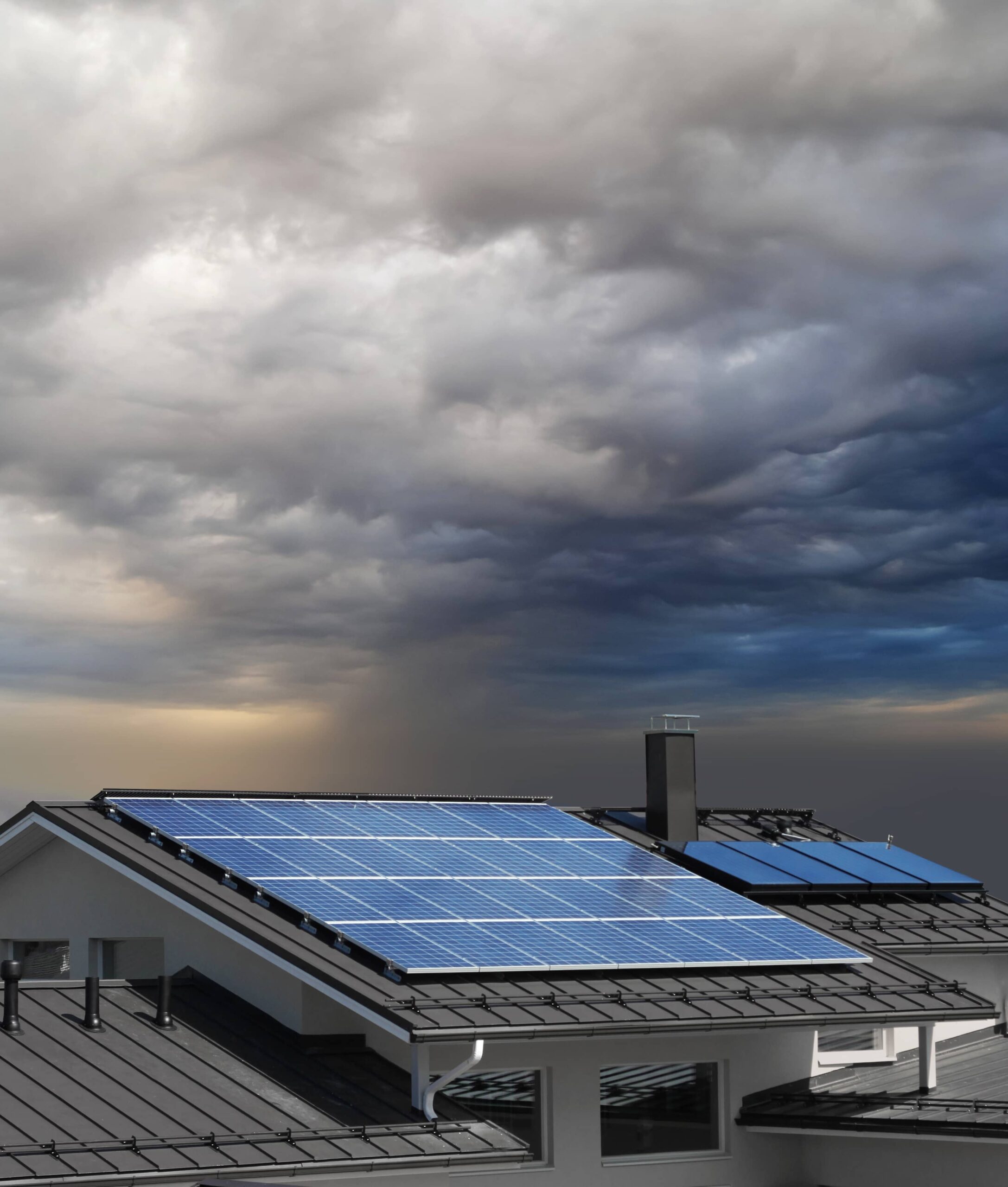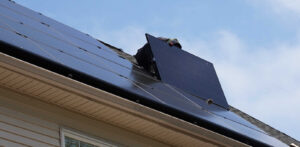Introduction
Brief Overview Of Solar Lights
Solar lights are self-contained lighting systems that harness sunlight to illuminate outdoor and garden spaces. They’re designed to be eco-friendly, converting solar energy into electrical power to light up LEDs. These lights automatically turn on at dusk and off at dawn, thanks to built-in sensors. Their ease of installation and maintenance makes them popular for landscaping and security purposes. Find out how to charge solar lights without sun ensuring they remain functional and bright, regardless of the weather or season.
Importance Of Charging Solar Lights
Charging solar lights is crucial for their efficiency and longevity. Adequate charging ensures that these lights can provide consistent illumination throughout the night. Without sufficient sunlight absorption during the day, solar lights may produce weaker light or have a shortened lifespan. Regular, full charging cycles are essential for the health of the battery and overall performance.
Understanding Solar Lights
How Solar Lights Work
Solar lights work by capturing sunlight through a photovoltaic panel during the day. This energy is converted into electricity and stored in a rechargeable battery. At night, a light sensor detects the absence of light, triggering the stored energy to power an LED light. This cycle of charging during the day and lighting at night operates autonomously, showcasing a sustainable energy solution.
The Components Of Solar Lights
The main components of solar lights include a solar panel, rechargeable battery, LED light, and a control electronics system. The solar panel is the heart of the unit, responsible for converting sunlight into electrical energy. The rechargeable battery stores this energy until needed, while the LED provides the illumination. Control electronics manage the charging and discharging processes, ensuring the light operates efficiently.
Alternative Charging Methods
Using Artificial Light
Best Types Of Artificial Lights For Charging
- LED lights are highly effective for charging solar lights because they mimic the spectrum of natural sunlight closely.
- Fluorescent bulbs, while less efficient than LEDs, can still charge solar panels if placed close enough and left on for extended periods.
- Halogen lamps, known for their intense brightness, can also be used but may not be as energy-efficient as LEDs or fluorescents.
- Incandescent bulbs are least recommended due to their lower efficiency and higher heat output, which can potentially damage the solar light’s battery over time.
Setup For Optimal Charging
Position the solar panel directly under the artificial light source to maximize exposure. Ensure there’s minimal distance between the light source and the solar panel to increase the charging efficiency. Use a stable platform to prevent any movement or misalignment during the charging process. Charge during the longest possible uninterrupted time period to ensure the battery reaches full capacity.
Using Electricity
Direct Charging Through USB
Some solar lights come with a USB charging option, allowing for a direct charge via any standard USB port. This method bypasses the need for sunlight or artificial light, offering a reliable alternative during prolonged periods of cloudy or rainy weather. Ensure the solar light is turned off (if possible) before connecting to a USB power source to enhance charging efficiency. Always use the provided cable or ensure the replacement cable meets the manufacturer’s specifications to prevent damage.
Using A Power Bank
A power bank can serve as an excellent portable energy source for charging solar lights with USB capabilities. This method is particularly useful for charging multiple lights simultaneously or for lights placed in locations where electrical outlets are not readily available. Ensure the power bank has sufficient charge and is compatible with the solar light’s charging requirements. For optimal charging, connect the solar light to the power bank in a dry, safe location to avoid any potential water damage.
Maximizing Solar Light Efficiency
Positioning For Optimal Sunlight Absorption
To maximize sunlight absorption, position your solar lights in areas where they can receive direct sunlight for the majority of the day, avoiding shaded spots. Adjust the angle of the solar panel periodically to align with the sun’s path across seasons for optimal exposure. Ensure they’re placed away from artificial light sources at night to prevent confusion with their light sensors. Regular reevaluation of the positioning can combat the growth of foliage that may begin to cast shadows on the panels.
Regular Maintenance Tips
Keep solar panels clean by wiping them with a soft, damp cloth to remove dust and grime, ensuring maximum light absorption. Check the batteries every 6 to 12 months; replace them if necessary to maintain efficient energy storage. Ensure all fixtures are securely attached and that water or insects haven’t compromised the housing or wiring. Lastly, inspect the lights for any damage to the solar panel or LED bulbs and replace parts as needed to keep them functioning properly.
Innovative Tips For Charging Without Sun
Reflectors And Mirrors
Utilizing reflectors and mirrors can significantly enhance the efficiency of solar lights by directing additional sunlight onto the solar panels. Place mirrors or shiny surfaces strategically around solar lights, especially in areas with limited direct sunlight, to bounce extra light onto the panels. Ensure that the reflective surfaces are angled correctly for maximum sunlight capture throughout the day. This method can be particularly useful during the shorter days of winter or in heavily shaded areas.
Solar Panel Boosters
Solar panel boosters are devices designed to increase the power output of solar panels, allowing for more efficient charging of the solar lights. These boosters work by concentrating sunlight onto the panel, often through reflective materials or magnifying components. Installing solar panel boosters can significantly improve charging time, especially in less than ideal lighting conditions. However, ensure compatibility with your specific solar lights and follow manufacturer instructions for installation and use.
Environmental Impact
Benefits Of Solar Lights
Adopting solar lights not only brightens your outdoor spaces but also aligns with sustainable living practices. Below is the benefits these eco-friendly luminaries bring to our lives and the environment:
- Solar lights reduce electricity usage, leading to lower energy bills and conservation of natural resources.
- They are easy to install and maintain, requiring no wiring, which makes them perfect for DIY projects.
- By illuminating dark areas, solar lights enhance safety and security around homes and pathways.
- Available in a variety of styles and designs, solar lights add aesthetic appeal to outdoor spaces.
Sustainability And Eco-Friendliness
Solar lights stand out for their minimal environmental impact, relying on renewable energy from the sun, reducing the dependence on fossil fuels. They contribute significantly to reducing carbon footprints by not emitting greenhouse gasses during operation. The use of rechargeable batteries in solar lights lessens the need for disposable batteries, further mitigating environmental waste. Additionally, advances in solar technology and recycling practices are continuously improving the sustainability and eco-friendliness of solar lighting solutions.
Conclusion
Solar lights offer an eco-friendly, cost-effective solution for outdoor illumination, adaptable even during days with limited sunlight through strategic positioning and alternative charging methods. Regular maintenance and innovative enhancements like reflectors or solar panel boosters maximize their efficiency and longevity. Ultimately, solar lighting underscores the importance of renewable energy, contributing to a more sustainable and environmentally
To keep your solar lights bright even on cloudy days, Sunwise USA has some smart tips. Here’s a simpler guide on how to charge your solar lights without needing the sun to shine directly on them. This way, your lights will keep glowing all year long, lighting up your space in a smart and green way.










